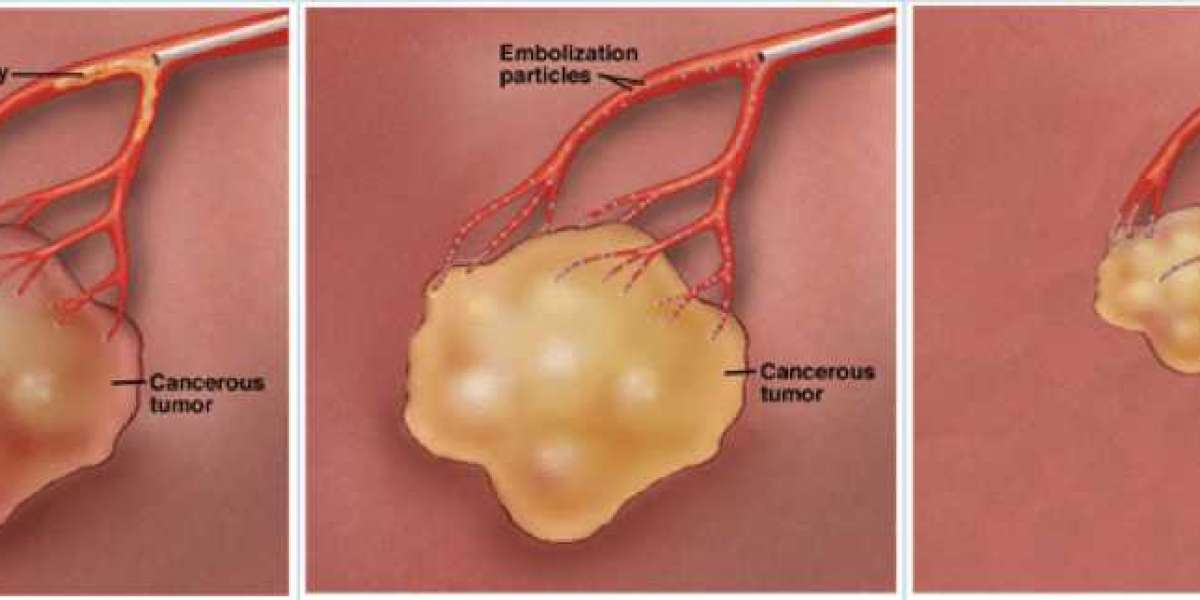
Fistulagram Farmington is a procedure used to diagnose and treat a fistula, which is an abnormal connection between two organs or vessels in the body. This procedure is commonly used to treat fistulas in the abdomen or pelvis, such as rectovaginal fistulas or enterovesical fistulas. In this article, we will discuss what Fistulagram Farmington is, how it is performed, and what to expect before, during, and after the procedure.
What is Fistulagram Farmington?
Fistulagram Farmington is a radiological procedure used to diagnose and treat fistulas in the abdomen or pelvis. A fistula is an abnormal connection between two organs or vessels in the body. Fistulas can develop as a result of surgery, infection, or inflammation. They can cause pain, discomfort, and other complications.
Fistulagram Farmington is a minimally invasive procedure that involves the use of X-rays and contrast dye to visualize the fistula. The procedure is performed by an interventional radiologist, who uses a catheter to inject contrast dye into the fistula. The dye allows the radiologist to see the location, size, and extent of the fistula.
How is Fistulagram Farmington performed?
Fistulagram Farmington is usually performed on an outpatient basis. Before the procedure, the patient may be asked to fast for several hours. The patient will also need to sign a consent form and have their vital signs checked.
During the procedure, the patient will lie on their back on an X-ray table. The radiologist will use local anesthesia to numb the area where the catheter will be inserted. The radiologist will then make a small incision and insert the catheter into the fistula. The contrast dye is injected through the catheter, and X-rays are taken to visualize the fistula.
Once the fistula is visualized, the radiologist can determine the best course of treatment. In some cases, the fistula may be treated during the same procedure. For example, the radiologist may use a special glue or plug to seal the fistula.
What to expect before, during, and after Fistulagram Farmington:
Before the procedure, the patient will need to follow certain instructions to prepare for the procedure. These may include fasting, stopping certain medications, and arranging for someone to drive them home after the procedure.
During the procedure, the patient may feel a slight pressure or discomfort when the catheter is inserted. The contrast dye may cause a warm or flushing sensation. The entire procedure usually takes less than an hour.
After the procedure, the patient will need to rest for a short time. The patient may feel some discomfort at the site where the catheter was inserted, but this can usually be managed with over-the-counter pain medication. The patient will need to avoid strenuous activity and heavy lifting for a few days.
The radiologist will provide instructions for follow-up care, which may include taking antibiotics or scheduling a follow-up appointment for further treatment.
Benefits and risks of Fistulagram Farmington:
Fistulagram Farmington has several benefits for patients with fistulas. The procedure is minimally invasive and can help diagnose and treat fistulas quickly and accurately. The procedure is also associated with fewer complications than traditional surgical procedures.
However, like all medical procedures, Fistulagram Farmington does carry some risks. These may include bleeding, infection, allergic reactions to the contrast dye, and damage to surrounding organs or vessels.
In conclusion, Fistulagram Farmington is a minimally invasive procedure used to diagnose and treat fistulas in the abdomen or pelvis. The procedure is performed by an interventional radiologist and involves the use of X-rays and contrast
Fistulagram Farmington How Its Work?
Fistulagram Farmington is a radiological procedure used to diagnose and treat fistulas in the abdomen or pelvis. Fistulas are abnormal connections between two organs or vessels in the body that can cause pain, discomfort, and other complications. In this article, we will discuss how Fistulagram Farmington works and the different steps involved in the procedure.
The procedure is usually performed on an outpatient basis and begins with the patient lying on their back on an X-ray table. The radiologist will use local anesthesia to numb the area where the catheter will be inserted, and a small incision is made. A catheter is then inserted into the fistula, and contrast dye is injected through the catheter. The dye allows the radiologist to see the location, size, and extent of the fistula.
Once the fistula is visualized, the radiologist can determine the best course of treatment. In some cases, the fistula may be treated during the same procedure. The radiologist may use a special glue or plug to seal the fistula. The entire procedure usually takes less than an hour.
Fistulagram Farmington Services:
Before the procedure, the patient will need to follow certain instructions to prepare for the procedure. These may include fasting, stopping certain medications, and arranging for someone to drive them home after the procedure. During the procedure, the patient may feel a slight pressure or discomfort when the catheter is inserted. The contrast dye may cause a warm or flushing sensation.
After the procedure, the patient will need to rest for a short time. The patient may feel some discomfort at the site where the catheter was inserted, but this can usually be managed with over-the-counter pain medication. The patient will need to avoid strenuous activity and heavy lifting for a few days. The radiologist will provide instructions for follow-up care, which may include taking antibiotics or scheduling a follow-up appointment for further treatment.
Fistulagram Farmington has several benefits for patients with fistulas. The procedure is minimally invasive and can help diagnose and treat fistulas quickly and accurately. The procedure is also associated with fewer complications than traditional surgical procedures.
If you want to get amazing benefits by using this link
Conclusion:
However, like all medical procedures, Fistulagram Farmington does carry some risks. These may include bleeding, infection, allergic reactions to the contrast dye, and damage to surrounding organs or vessels.
In conclusion, Fistulagram Farmington is a minimally invasive procedure used to diagnose and treat fistulas in the abdomen or pelvis. The procedure is performed by an interventional radiologist and involves the use of X-rays and contrast dye to visualize the fistula. Although the procedure carries some risks, it has several benefits for patients with fistulas and can be an effective tool in diagnosing and treating this condition. If you are experiencing symptoms of a fistula, speak with your healthcare provider to determine if Fistulagram Farmington is an appropriate diagnostic and treatment option for you.








